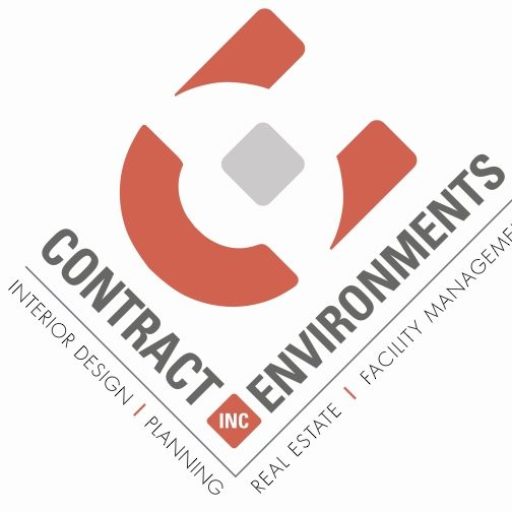Committee Appreciation
Our office works with a lot of committees. It’s an amazing journey to take with a group. We’ll meet week after week and build a relationship with representatives of a community, a building, or residents and help guide them in the design process. These are not professionals in the design world or the building owner and facility operators who hired us; these are usually interested residents and end-users of the client who are providing a much needed perspective. Owners and operators have one view of maintaining a space. They are looking for solutions that are easy to maintain, economical, and functional. The folks who live and work in it day after day have a much more personal relationship with a space and that’s especially important in renovation work where that relationship already exists. Especially in terms of function because the committee members know what is and is not working. They use the space everyday! So when our committee tells us putting mailboxes on X corridor is inconvenient and they think it’ll be better located on Y corridor, you bet we listen!
The process goes something like this: First, it’s the plan stuff: What spaces are being considered for the renovation, which existing or new rooms are needed, where they should go in relationship to one another, to doors, to windows, to that noisy furnace, ect. Then arranging them all in the space and helping the committee hash out what’s most important, what will fit, and whittling the wish list into something do-able. Sometimes not everything will fit the space or the budget (like that jacuzzi, often the first thing to go!) To an extent all this is the intangible stuff that’s really most important. Then we move from the meat and potatoes to the sparkle and flash: finishes. Picking the actual flooring, wall colors, textures, furniture pieces and upholstery. This can get very intense since it’s all the stuff you see and the people who get involved in these committee sometimes have very strong opinions on how the space should look, are worried about it staying nice, and have their own experiences with similar products to prejudice them for or against certain solutions. Along the way we bring in lots and lots of visual aids: first it’s drawings and sketches in plans and 3D, and then we move to physical samples of materials, pictures of furniture and sometime we go as far and rendered (colored) 3D images showing all selections made to date.
Our recommendations at these meetings are based first on what the committees tell us they want, and second on years of experience with materials, design choices, ect. Sometimes we end up suggesting something very different than committee members think will work. Sometimes we can explain our suggestions and choices in a way where all committee members are happy. Sometimes committee members are skeptical of our solutions, or don’t agree amongst themselves. This can make for meetings that are challenging for everyone involved. Along the way we remind our committees that we have their best interest at heart. It’s our job to make sure that the space does work and perform as expected and we are as invested as they are in making choices that reach a happy conclusion. We have to show them products, bring in samples and flyers and answer questions, point out the features and why the product will work for them. It often involves both the pros and cons of a product and making a decision regarding the trade-offs. Often this requires multiple meetings for everyone to become satisfied with a proposed solution, or get proof that a different solution won’t work. It involves lots of opinions on things (like color) that are subjective and there’s no one right answer.
This is one of the social sides of what designers do. Not only do we communicate with other design and building professionals, but we communicate with the client: the end user. We have to be able to explain some of the technical parts of the industry in a way that makes sense to everyone. It can take time in a fast-paced world the time a committee can take to make decisions can seem very slow. But, this is really a rewarding process when they see that final rendering, or you meet the committee in the finished space and see the smiles. Its fantastic to have met with the users and really know you’ve delivered a space that will work the way that the client needs it to. But mostly, it’s about seeing that committee’s happy satisfaction with the job and loving it.
